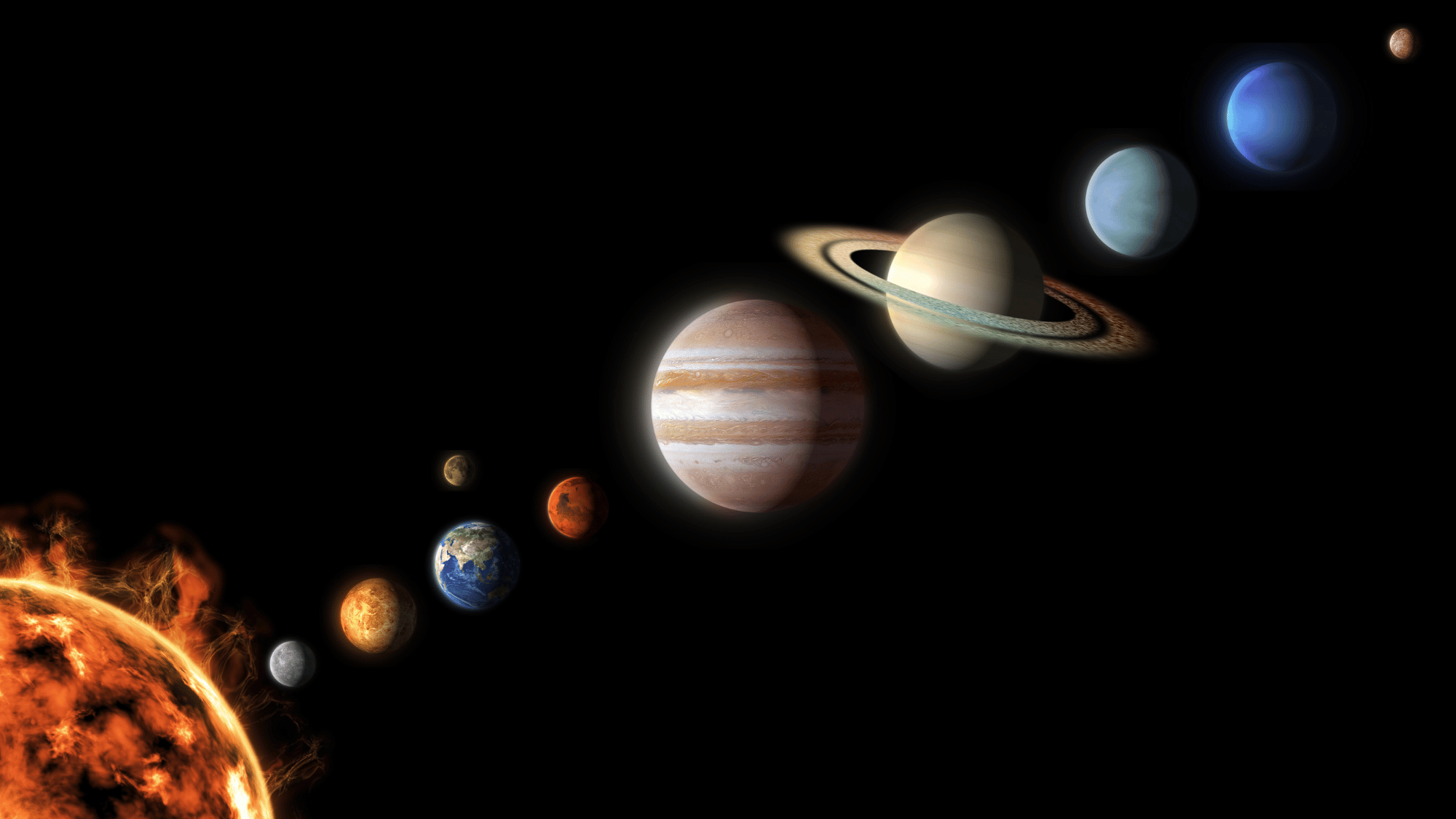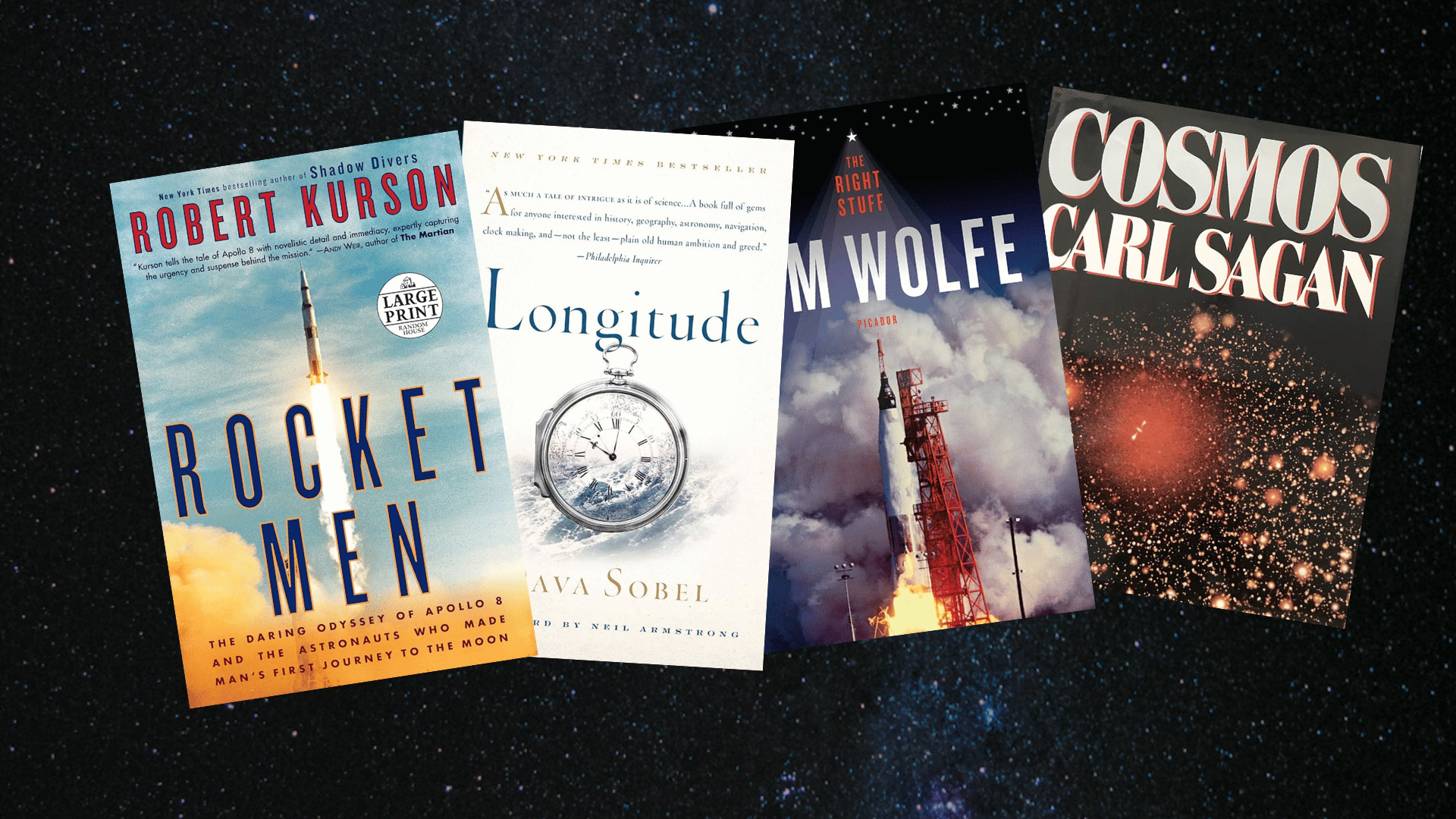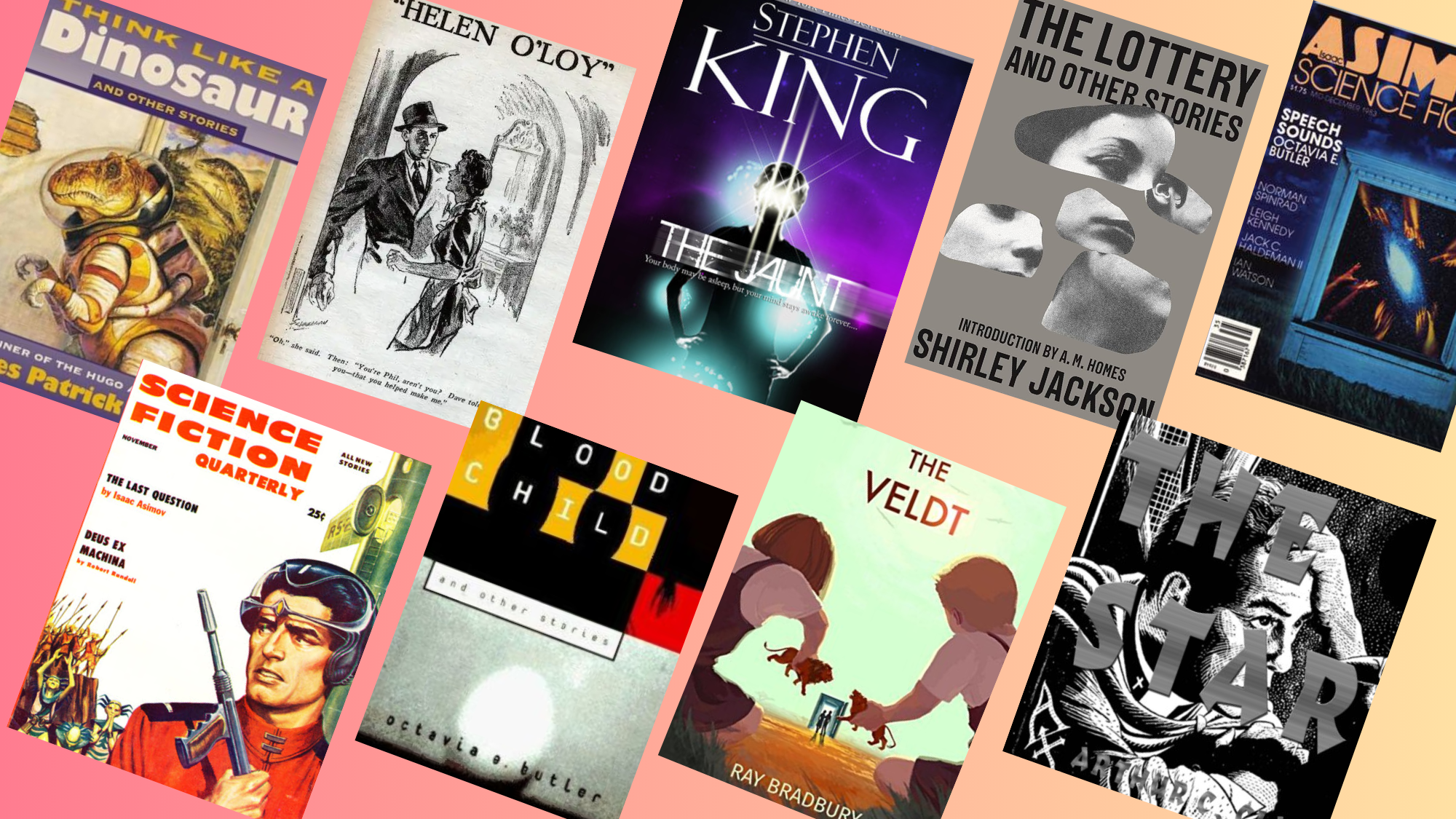With skies untouched by city glow, Big Bend National Park offers some of the darkest views in the country, making stargazing unforgettable.
Visitors are asked to follow simple rules, like using red lights instead of white flashlights, staying on paths, and keeping noise low.
If you are new to stargazing or a seasoned sky watcher, Big Bend offers an unforgettable view of the universe.
Ready to plan your star-filled adventure? Keep reading everything you need to know for an unforgettable night under Big Bend’s spectacular skies.
Why Big Bend National Park is Perfect for Stargazing?
Big Bend National Park ranks among America’s finest stargazing locations, offering exceptionally dark and pristine skies.
This remote destination combines optimal geography, climate, and isolation to create perfect conditions for astronomical observation.
Situated far from urban centers, the park experiences virtually no light pollution. Its prestigious International Dark Sky Park status confirms its preservation of Earth’s darkest skies.
The arid desert atmosphere ensures crisp, clear viewing without atmospheric haze. Expansive, open terrain provides uninterrupted panoramic views of the celestial sphere.
Visitors can observe the Milky Way’s brilliant arc, distant galaxies, and extraordinary cosmic events with remarkable clarity, making it an unparalleled destination for astronomy enthusiasts.
Best Stargazing Spots in Big Bend National Park
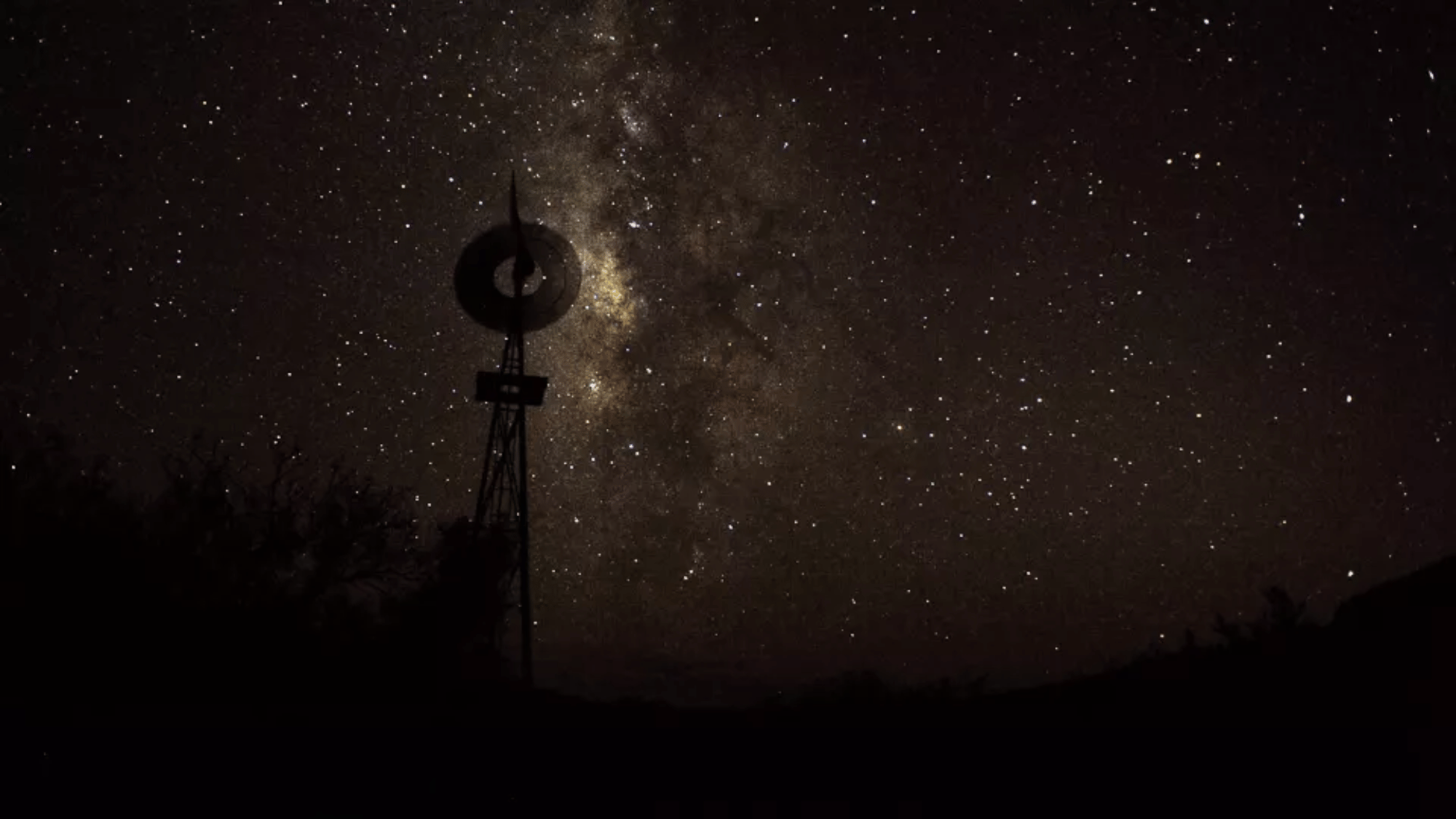
Image Source: National Park Service
Big Bend National Park Night Sky offers countless night-sky views, but these standout spots guarantee some of the most unforgettable stargazing experiences in the park.
-
Santa Elena Canyon Overlook: The towering limestone walls create a breathtaking frame for the night sky. On clear nights, the Milky Way stretches across the canyon in full brilliance.
-
Chisos Basin: Surrounded by rugged peaks, this higher elevation spot offers crisp, vivid star views. It’s a favorite among campers who want a stunning mix of mountain silhouettes and starlight.
-
Rio Grande Village: A quiet riverside location with open skies, perfect for spotting constellations. Photographers love this area for capturing star reflections in the Rio Grande.
-
Hot Springs Historic Area: Soak in natural hot springs while admiring thousands of stars overhead. The combination of warm water and dark desert skies makes it an unforgettable experience.
-
Panther Junction Area: Located near the park’s visitor center, it’s easy to access and great for first-time stargazers. With wide horizons and minimal light interference, it offers reliable starry views
What to Bring for Your Big Bend Stargazing Trip?
Packing the right gear ensures you stay comfortable, safe, and able to fully enjoy the starry skies. Here’s some handy information on what to bring:
| Item | Why It’s Important | Tips |
|---|---|---|
| Telescope or Binoculars | Enhances viewing of planets, stars, and galaxies | Binoculars are lighter if you don’t want to carry bulky gear |
| Star Map or Astronomy App | Helps you identify constellations and planets | Download offline since cell service is limited |
| Red Flashlight/Headlamp | Preserves night vision while moving around | Bring extra batteries |
| Warm Clothing & Blanket | Desert nights can get very cold | Dress in layers and carry a thermal blanket |
| Camping Chair or Mat | For comfort while stargazing | Reclining chairs work best |
| Snacks & Water | Keep energy up during long nights | Bring reusable bottles and high-energy snacks |
| Camera with Tripod | Capture night sky photography | Use long-exposure settings |
| Bug Spray & Sunscreen | Protects against insects and daytime sun | Evenings can have bugs, and days are sunny |
| Tent/Sleeping Bag | For overnight stays under the stars | Choose a warm-rated sleeping bag |
How to Respect and Protect Big Bend’s Dark Skies?

Image Source: Only In Your State
Big Bend National Park is famous for having some of the darkest, clearest skies in the United States. It’s recognized as meaning it’s one of the best places in the world to see the Milky Way.
Use only the light you need, and keep it dim. A red-filtered flashlight or headlamp is the best choice, since red light doesn’t interfere with night vision.
If camping, select sites that already exist rather than creating new clearings. This keeps natural habitats intact and reduces unnecessary impact on the environment.
Leave no trace. Pick up all trash, secure food items, and respect the park’s fragile desert ecosystem. Even small bits of litter can harm wildlife and spoil the natural beauty.
Learn more about theIDA and consider supporting organizations that work to preserve natural night skies. By raising awareness, you help protect Big Bend and other stargazing destinations.
Best Seasons and Months for Stargazing at Big Bend
Big Bend National Park offers dark skies year-round, but the best time for stargazing is during the cooler, drier months from October to April.
|
Season |
Conditions | Sky Visibility | Special Guidelines |
|---|---|---|---|
| Winter (Dec–Feb) | Clear skies, low humidity, very cold nights | Sharp, bright stars; the Milky Way is highly visible | Dress in layers, pack gloves and a hat; best for crisp views of the Milky Way |
| Spring (Mar–May) | Comfortable temps, crisp air, more visitors | Crisp skies with excellent clarity | Arrive early to secure spots; consider less-crowded areas for quieter viewing |
| Summer (Jun–Aug) | Warm nights, longer days, possible storms | Occasional haze or cloud cover; best after storms | Plan late-night sessions; check weather forecast for storms; bring extra water |
| Fall (Sep–Nov) | Cooler temps, clear skies, fewer crowds | Steady, clear skies; Milky Way still prominent | Ideal balance of weather and solitude; great for extended observation nights |
Official Guidelines for Stargazing at Big Bend National Park
The National Park Service has set up helpful rules for visitors. These guidelines help you enjoy Big Bend’s amazing dark skies safely. Following these tips ensures both your safety and preservation of the park’s International Dark Sky status.
- Choose ranger-recommended spots like the Fossil Discovery Exhibit, the Sotol Vista overlook, or the Rio Grande overlook for the best views.
- Drive carefully at night, stick to speed limits, and watch for wildlife crossing the roads.
- Stay on designated trails only and never wander off into unmarked areas after dark.
- Bring plenty of water, snacks, and layer your clothing since temperatures drop significantly at night.
- Keep pets under control at all times and follow standard park regulations for domestic animals during your visit.
- Service animals are welcome, but all other pets must comply with official National Park Service policies.
Other Nighttime Activities at Big Bend
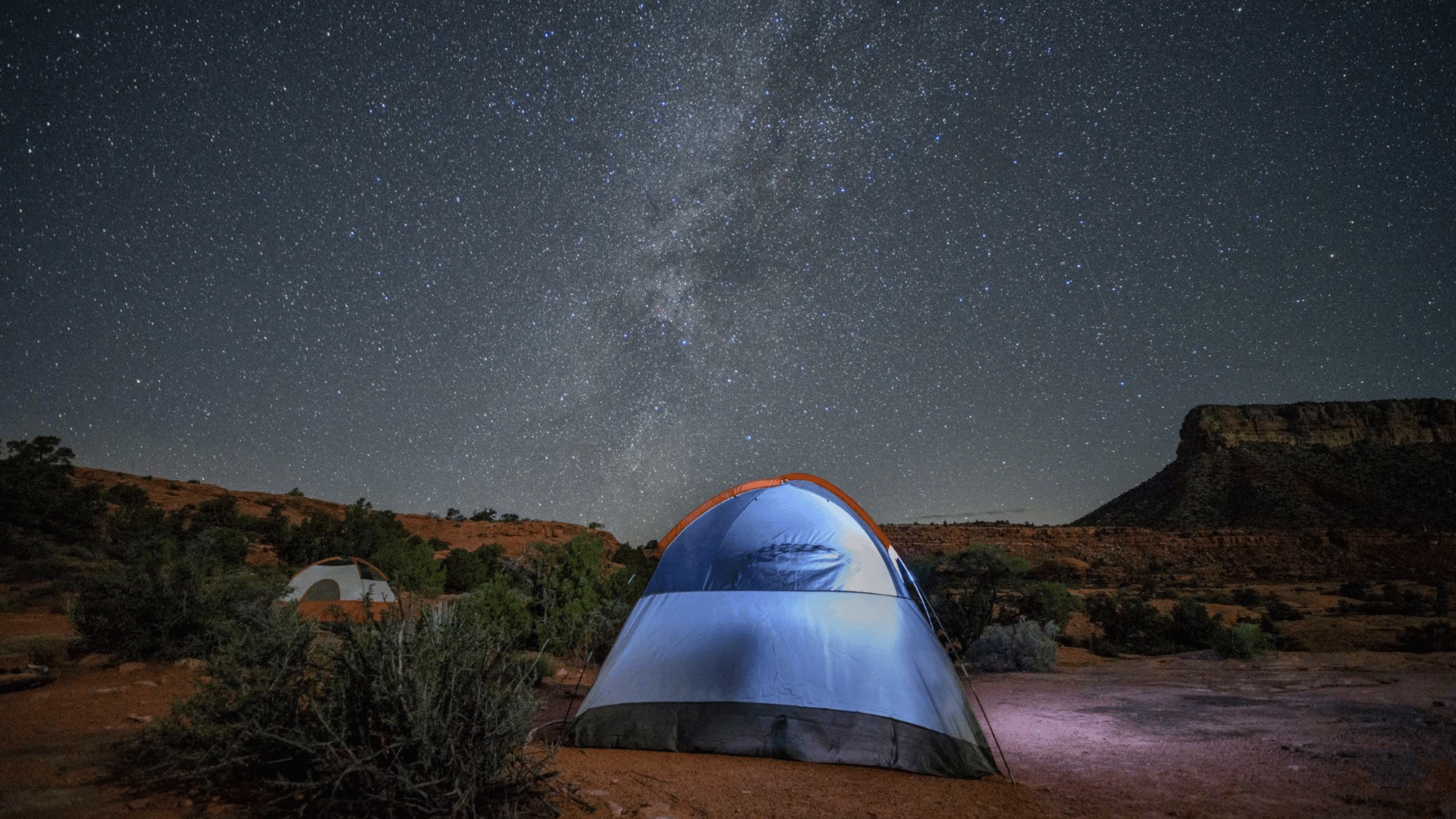
Image Source: National Geographic
Big Bend National Park’s Night sky offers more than stargazing. The desert, mountains, and river take on a whole new character after sunset. Here are a few activities you can enjoy:
1. Hiking by Moonlight
Join ranger-led hikes like “Moonwalk at Grapevine Hills” for an easy two-mile nighttime hike. Experience rock formations, nocturnal life, and desert enchantment under the light of the moon with education and scenic views
2. Catching Fireflies
Visitors can spot fireflies inside the park at night, creating a magical glow. Practice catch-and-release to enjoy these natural lights responsibly while exploring Big Bend’s dark skies and quiet nocturnal environment.
3. Nighttime Music and Festivals
Big Bend features live music and cultural festivals like the Viva Big Bend Festival, with multiple bands and venues. These events, often in Terlingua Ghost Town, add vibrancy to nighttime experiences.
4. Glow-in-the-Dark Games
The dark skies make glow-in-the-dark games especially fun. Visitors bring glowing gear and play illuminated games outdoors, enjoying the uniqueness of Big Bend’s low light pollution under starry skies.
5. Night Ranger Programs
Ranger-led educational programs at night, such as those at Chisos Basin Visitor Center, explore nocturnal wildlife, constellations, and park ecology, providing enriching and safe nighttime learning experiences
Nighttime Safety Tips for Big Bend Visitors
Big Bend National Park at night is breathtaking after dark, but the desert environment can be challenging if you’re unprepared. Stargazing, camping, or hiking at night means you’ll need to stay alert and take precautions.
- Watch Your Step. The desert terrain can be rocky, uneven, and full of cacti. Stick to established paths or open areas.
- Stay Aware of Wildlife. Big Bend is home to snakes, coyotes, javelinas, and even mountain lions.
- Travel in Groups When Possible. Exploring at night is safer with others.
- Respect Quiet Hours. Many visitors come to Big Bend for peace and stillness.
- Know Your Limits. Avoid long hikes after dark unless you’re experienced and prepared.
Conclusion
Remember to plan your trip around the new moon for the darkest skies. Bring warm clothes, a red flashlight, and comfortable chairs.
Don’t forget to check the weather before you go. The park offers free ranger programs that teach you about the stars and planets above.
From watching bats emerge at sunset to soaking in hot springs under the Milky Way, Big Bend creates memories that last forever. The desert comes alive at night in ways you never imagined.
Ready to experience the magic of Big Bend’s night skies? Start planning your stargazing adventure today and know why this park is truly special after dark.







